Low birth-weight pigs are a problem for hog producers. “Gilts born to these sows with a low birth-weight phenotype carry all the same risks for low individual birth weight (in their own litters),” said Jenny Patterson, a University of Alberta gilt development specialist, told the recent Manitoba Swine Seminar. The tendency to produce small litters […] Read more
 Livestock Management
Livestock Management
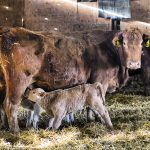
Some moms just need to be persuaded
A cow or heifer that refuses its own calf often doesn’t have the hormone it needs to be motherly or hasn’t released its milk
Many ranchers have a trick or two up their sleeves to convince a cow or heifer to accept a calf that’s not its own. “It’s always about putting a calf onto a cow that doesn’t really want it. Sometimes that can be her own calf, but typically it’s trying to place an orphan or twin […] Read more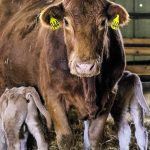
Calves at highest risk on the day they are born
With calving underway or close by for many producers, veterinarians and the Beef Cattle Research Council offer pointers to minimize challenges and increase calf survival rate. The day a calf is born is the highest risk day of its life, so producers need tools to keep calves alive. Successful management during the calving season can […] Read more

Tyson closes U.S. plants
CHICAGO, Ill. (Reuters)— Tyson Foods Inc. will close two U.S. chicken plants with almost 1,700 employees in May. The closures show that the company is still trying to figure out how to improve its chicken business, which has struggled for years. Tyson will shut a plant in Glen Allen, Virginia, with 692 employees and a […] Read more

APAS to host livestock summit in Saskatoon
Bill Prybylski raises cattle on his mixed farm in eastern Saskatchewan. But some days, he wonders why. He farms with his son, brother and two nephews near Yorkton, where they run an 11,000 acre grain farm and manage a 200-head cow-calf operation. Prybylski likes having forages in his crop rotation and the cattle utilize land […] Read more
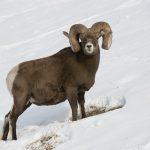
Domestic sheep suspected in bighorn disease outbreak
An organization committed to the preservation of Alberta’s bighorn sheep population is calling for better testing of its domestic cousins after an ovis disease outbreak in a wild herd west of Calgary. Matt Mellon, Wild Sheep Foundation Alberta president, said 18 bighorn were found dead or culled because of a confirmed case of Mycoplasma ovipneumoniae, […] Read more
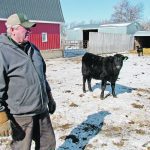
Canada’s cow-calf exodus
MINTO, Man. — It’s great to have a conversation starter when visiting someone’s farm for the first time. At Bill Campbell’s farm south of Brandon, the conversation starter is livestock banners. There must be 40 to 50 banners inside a machine shop on Campbell’s farm from livestock shows across Western Canada. The banners hang on […] Read more
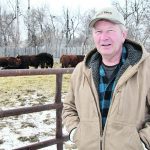
Ag policies called biased toward grain
When Martin Unrau was president of the Canadian Cattle Association about a decade ago, he frequently delivered the same message to politicians and bureaucrats in Ottawa. It was simple: government shouldn’t favour one sector within agriculture over other sectors. Related stories: Cow-calf sector looks for solutions Canada’s cow-calf exodus Most of the time, whoever was […] Read more

U.S. opens new track to country-of-origin labelling regulations
New proposed standards for meat labelling in the United States have again caused Canadian producers to cry foul as regulators south of the border seek to solidify “Product of USA” labelling practices within the integrated North American marketplace. The latest initiative by the U.S. Department of Agriculture would allow for only beef, pork and poultry […] Read more
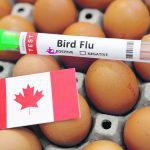
Alta. funds diagnostic services for vet college
Provincial budget commits $1.2 million to help the University of Calgary improve how livestock diseases are detected
The Alberta government plans to help the province’s producers by providing $1.2 million to the University of Calgary to improve diagnostic services to detect livestock diseases. “Right now, we’re seeing a lot of stress on the diagnostic facilities even back to the flooding in (British Columbia) and then avian influenza,” said Agriculture and Irrigation Minister […] Read more
 Livestock Management
Livestock Management


